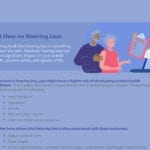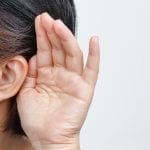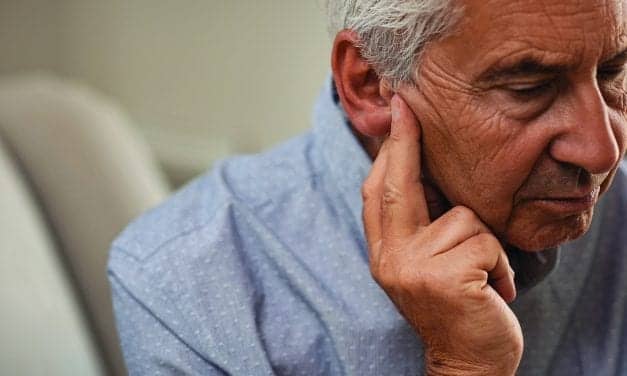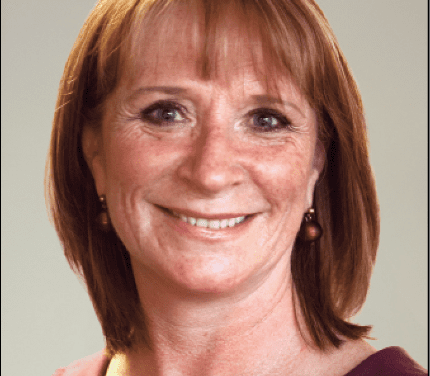To Hear or Not to Hear: Renowned Stage Actor Patrick Page Says Hearing Aids Changed Life and Career
Over the years, Page has been outspoken about challenges with depression and anxiety, some of which he traces to his hearing loss, which began to manifest itself more than 20 years ago. Here's a great story about how addressing your hearing loss can make a "night and day" difference in your life and your career.






























